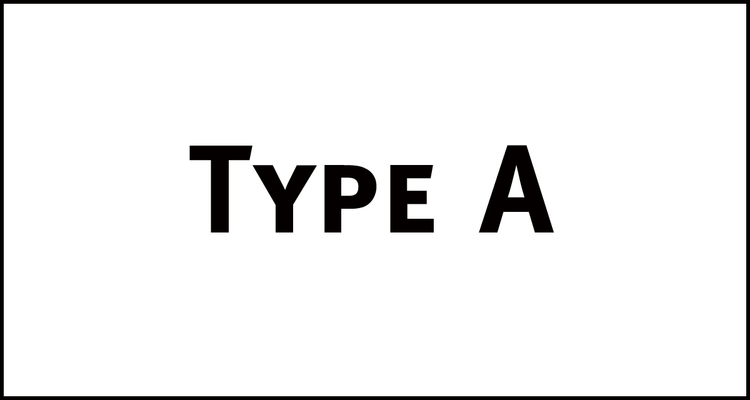Barrier
cast concrete
each piece; 2”H x 1.5”W x 5”L
Site specific installation













The Jersey Barrier has become the standard for the fast and efficient "hardening" of designated urban sites from (terrorist) attack. This simple form has insinuated itself into the environment without grace or apology, affecting the ways in which the population is permitted to circulate. In contrast, Type A realizes The Jersey Barrier’s potential for grace while maintaining its authority to dictate behavior. Its aestheticized curved form – which does not exist in the industry – is organic, rhythmic and alluring whether installed to emphasize flow or fracture. For Barrier (multiple), Type A fabricated the form in 1/18th scale. This transformation adds a playful element, one that references modular toys such as Brio train-sets and LEGO, in an effort to make them more palatable while they retain their blunt, brutal aesthetic.
Evolving out of the Insertions photographs, the project was intended as a response to the climate of fear, panic, protectionism and the imposition of perceived safety that has characterized America during the administration of George W. Bush. Each Barrier piece is an identical, curved Jersey Barrier that describes a 60 degree radius designed to offer a flexible, site-specific installation.
The full-size Barrier installation addresses sculpture’s ability to aggressively affect the viewer's relationship to the space in which it is installed. In plainer words, Barrier blocks and hinders; it raises inconvenience to the level of ultimatum.
A site-specific iteration of the full-size Barrier project had its initial installation at the Tang Museum (Saratoga Springs, NY) in September 2009, then an installation at the DeCordova Museum (Lincoln, MA) in September 2010, and finally at the Aldrich Museum (Ridgefield, CT) in June 2011.
Barrier (Proposal to Protect)
inkjet prints dimensions variable 2009
Fortification, especially in today’s political climate, is a slippery slope. First, we protect financial and gov- ernment institutions, then schools and commerce, then our homes, our cars. Eventually we will be pro- tecting private residences, neighborhood restaurants and stores, the trees in our front yards, the leftovers on our kitchen tables. The absurdity and paranoia surrounding this extreme rationality inspired Proposal to Protect.
Evolving out of the digital rendering processes used to develop the Barrier sculptures, Proposal to Protect, a series of prints, offers a plan to fortify a variety of locations by completely surrounding each with a winding row of barriers. The first series of chosen locations are of direct importance to Type A: homes, children’s schools, galleries and museums. The following series also includes other art institutions and private commissions.
Each Proposal to Protect consists of a large scale print of the barrier wall alone and a smaller technical sheet that provides a satellite and a plan view of the barrier wall, cardinal directions, the required number of barriers and dimensions of each barrier.






